When the new Revenue Guidance (ASC 606) became effective for all companies with fiscal years beginning after December 15, 2018, the guidance also brought a whole set of new disclosure guidelines. The objective of the disclosure requirements is to enable financial statement users to understand the nature, amount, timing and uncertainty of revenue and cash flows arising from contracts with customers. Current disclosure requirements are included in industry-specific and general recognition standards, but are limited and lack cohesion. The SEC also requires certain revenue disclosures for publicly traded companies. Current disclosure requirements using previous ASC 605 guidance only included the following:
- General requirements – accounting policies for general revenue recognition, seasonal revenue, related parties
- Specific requirements – multiple-element arrangements, nonmonetary revenue transactions, bill-and hold, fees for services
- Industry specific requirements – construction contractors, franchisors, etc.
The new disclosure requirements reflect the belief that disclosure should be more than just a compliance exercise. Qualitative information will be just as important as quantitative information for helping the reviewer better understand the nature of the organization’s contract revenue. Companies should avoid standard “boilerplate” language.
New Disclosures
There are significant disclosure requirements in ASC 606. ASC 606-10-50-1 explains that the objective of the disclosure requirements is to enable users of financial statements to understand the nature, amount, timing and uncertainty of revenue and cash flows arising from contracts with customers. To achieve that objective an entity should disclose qualitative and quantitative information about the following:
| Required Annual Disclosures for Private Entities |
| Contracts with Customers (Required) |
- Unless presented separately in the statement of comprehensive income, Revenue recognized from contracts with customers, separately from other sources of revenue.
- Any recognized impairment losses on receivable or contract assets from contracts with customers, separately from impairment losses from other contracts.
|
606-10-50-4 |
| Disaggregated Revenue (Some Optional) |
| Disaggregated revenue recognized from contracts with customers into categories that reflect how the nature, amount, timing, and uncertainty of revenue and cash flows are impacted by economic factors? (OPTIONAL for private entities. But if not disclosed, the following two bullet points are required in lieu of this disclosure)
- Quantitative revenue information disaggregated based on whether performance obligations are satisfied over time or at a point in time.
- Qualitative information about how economic factors affect the nature, timing, and uncertainty of revenue and cash flows.
|
ASC 606-10-50-5
through 50-7 |
| Contract Balances (Some Optional) |
| Opening and closing balance of receivables, contract assets, and contract liabilities. Revenue recognized in the period that was included in the beginning of the period contract liability balance. Explanation of how the timing of payment, along with the impact of such factors on the contract assets and contract liability balances. (OPTIONAL for private entities. But if not disclosed, the following bullet point is required in lieu of this disclosure)
- Beginning and ending balances of the following from contracts with customers:
Ø Receivables
Ø Contract Assets
Ø Contract liabilities
|
606-10-50-8(a)
606-10-50-11 |
| Performance Obligations (Some Optional) |
- When performance obligations are typically satisfied (e.g. upon shipment, or as services are rendered)
- Significant payment terms (including variable consideration and significant financing components)
- The nature of the goods or services the company has promised to transfer
- Obligations for returns, refunds, and other similar obligations
- Types of warranties and related obligations:
- Revenue recognized in the period from performance obligations that were satisfied (or partially satisfied) in prior periods (e.g. transaction price changes) (OPTIONAL for private entities)
|
606-10-50-12 |
| Transaction Price Allocated to the Remaining Performance Obligations (Entirely Optional) |
- Aggregate amount of the transaction price allocated to unsatisfied (or partially unsatisfied) performance obligations as of the end of the period.
- An explanation of when the entity expects to recognize as revenue the amount of transaction price allocate to future operations.
- Explanation of whether any consideration from contracts with customers is excluded from the transaction price and, thus, not included in the information disclosed. (All bullet points above are OPTIONAL for private entities)
|
606-10-50-13 through 50-16 |
| Significant Judgements (Some Optional) |
- The judgements significantly affecting the determination of the amount and timing of revenue from contracts with customers, and any changes in those judgements, been disclosed.
- Changes the judgements utilized for determining timing of the satisfactory of performance obligations and transaction price allocated to performance obligations.
|
606-10-50-17 |
- Methods used to recognize revenue for performance obligations satisfied over time (input or output method) and how that method was applied.
- Explanation of why the methods used faithfully depict the transfer of goods or services (OPTIONAL for private entities)
- Performance obligations that are satisfied at a point in time, have the significant judgements made in evaluating when control of the promised goods or services is obtained by the customer been disclosed (OPTIONAL for private entities)
- Methods, inputs, and assumptions used for the following:
- Determining transaction price, including adjusting consideration for the effects of time value of money, estimating variable consideration, and measuring noncash consideration.
- Assessing whether an estimate of variable consideration is constrained?
- Allocating the transaction price, including estimating standalone selling prices of goods or services promised and allocating discounts and variable consideration to a particular part of the contract, if applicable
- Measuring returns, refunds, and other similar obligations (OPTIONAL for private entities. However, if not disclosed, the following disclosure is required below)
- Methods, inputs, and assumptions used to evaluate whether an estimate of variable consideration is constrained.
|
606-10-50-18
through
606-10-50-21 |
| Practical Expedients (Required) |
| Disclosure regarding the use of practical expedient about significant financing component in FASB ASC 606-10-32-18.
|
606-10-50-22 through 50-23 |
| Transition Disclosures (Required) |
- Disclosure in the period of adoption regarding adoption of ASC 606 and how it is applied retrospectively.
- Disclosure about practical expedients used.
- Disclosure regarding different methods used for contracts with customers than to contracts with noncustomers.
|
606-10-65-1 |
We have included some examples of Revenue 606 disclosures from various companies. For more information, contact Andrew Wan.
Click Revenue 606 Disclosures for a printable version of examples.



.png)



